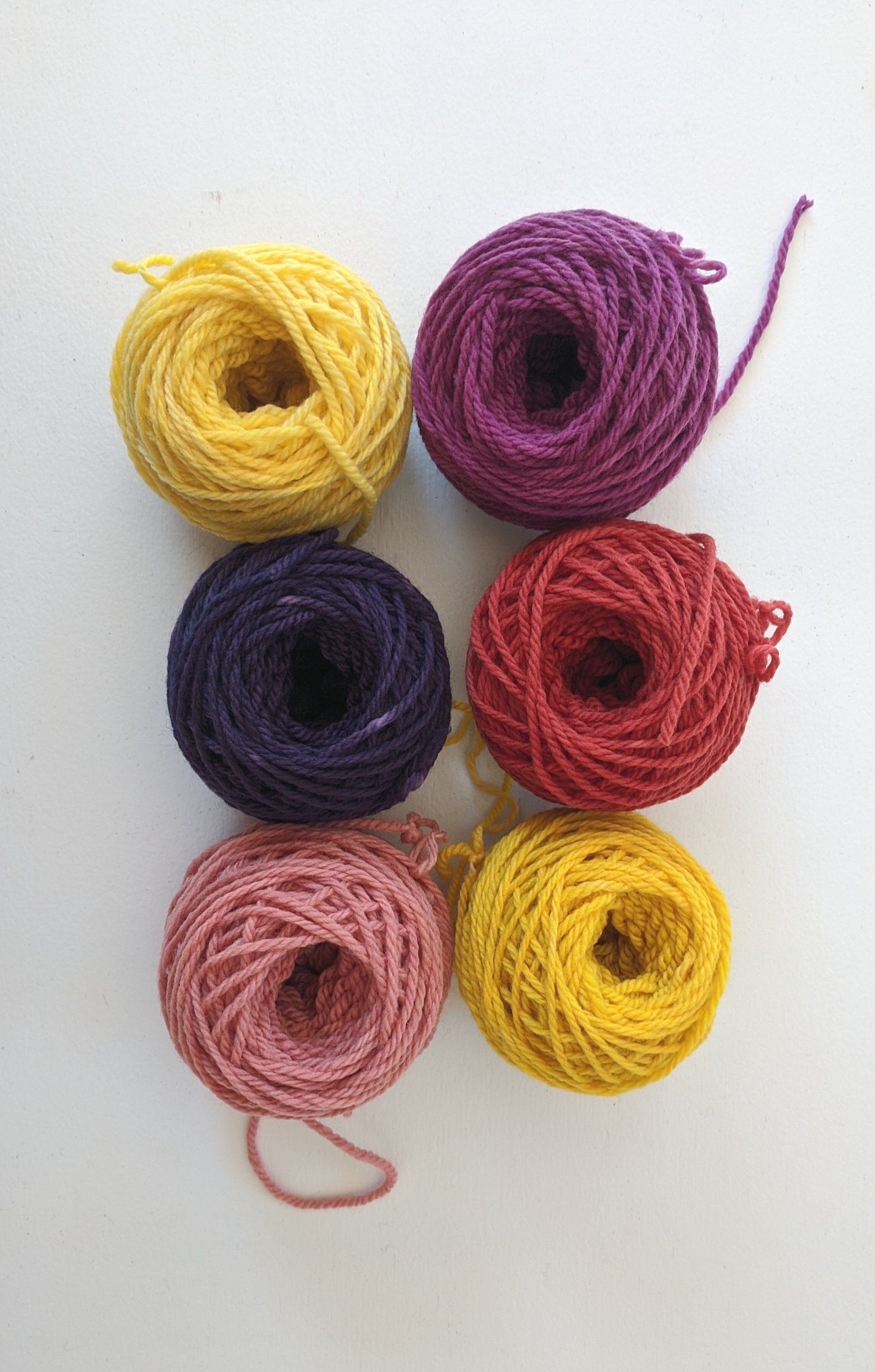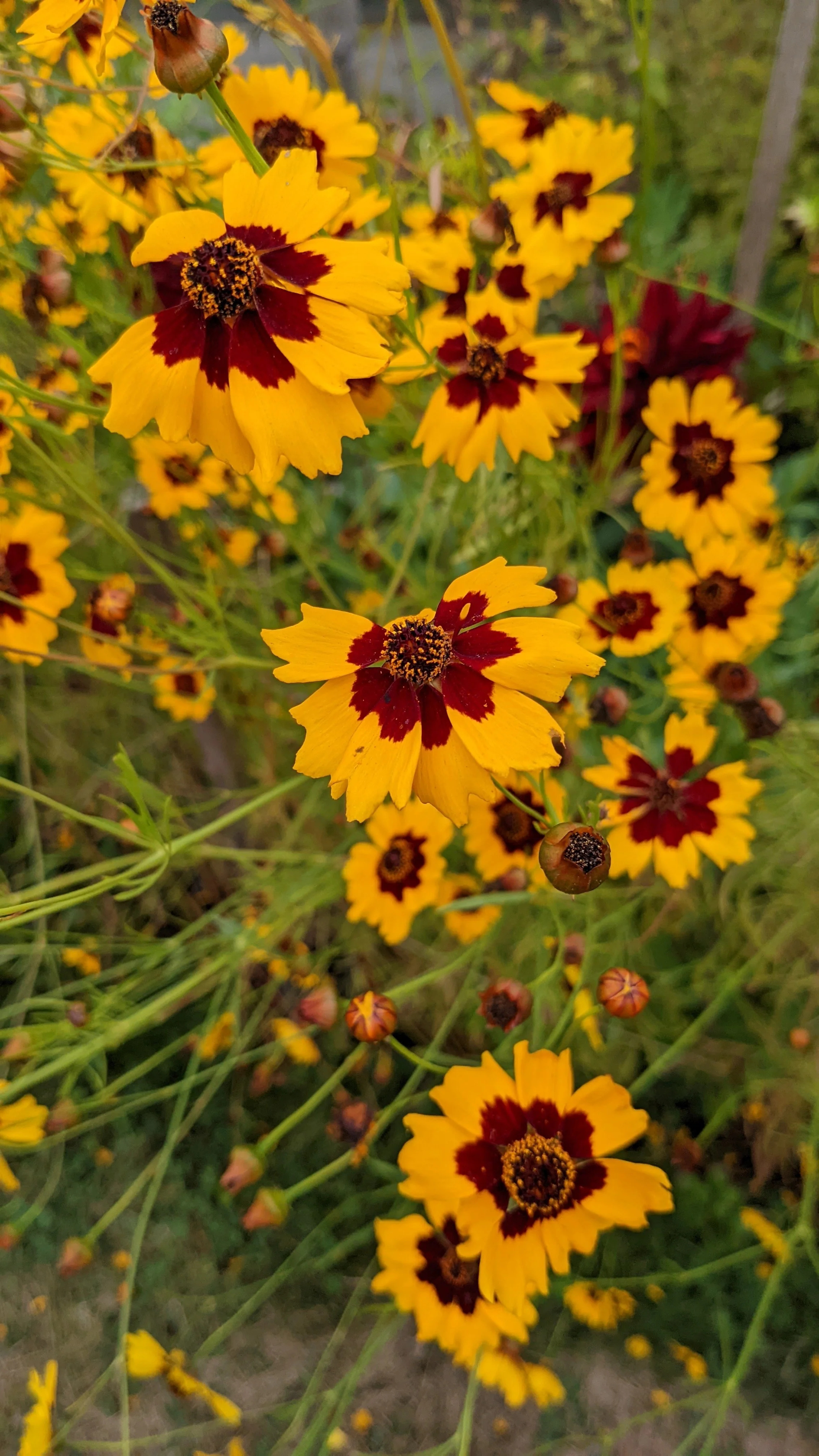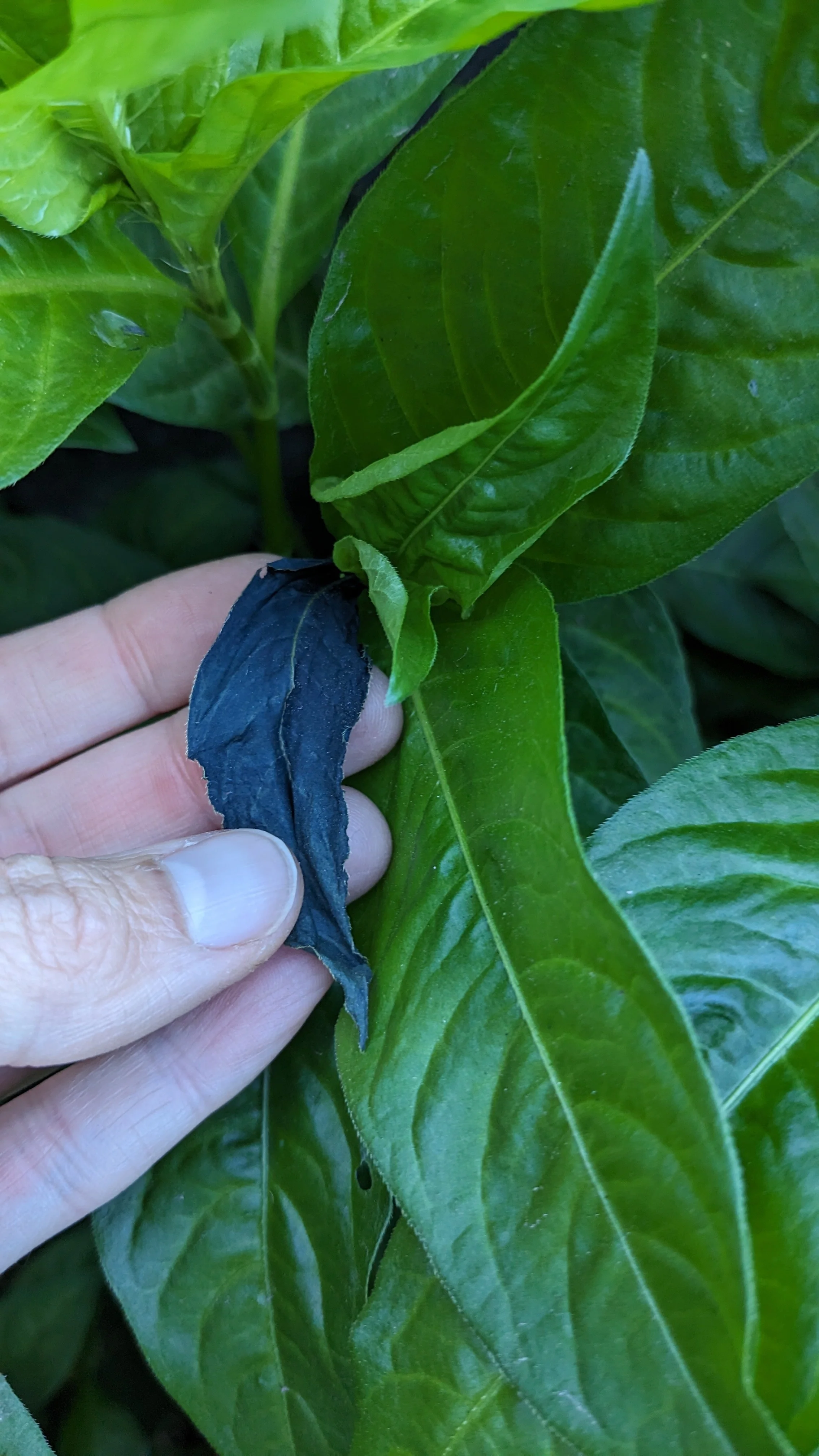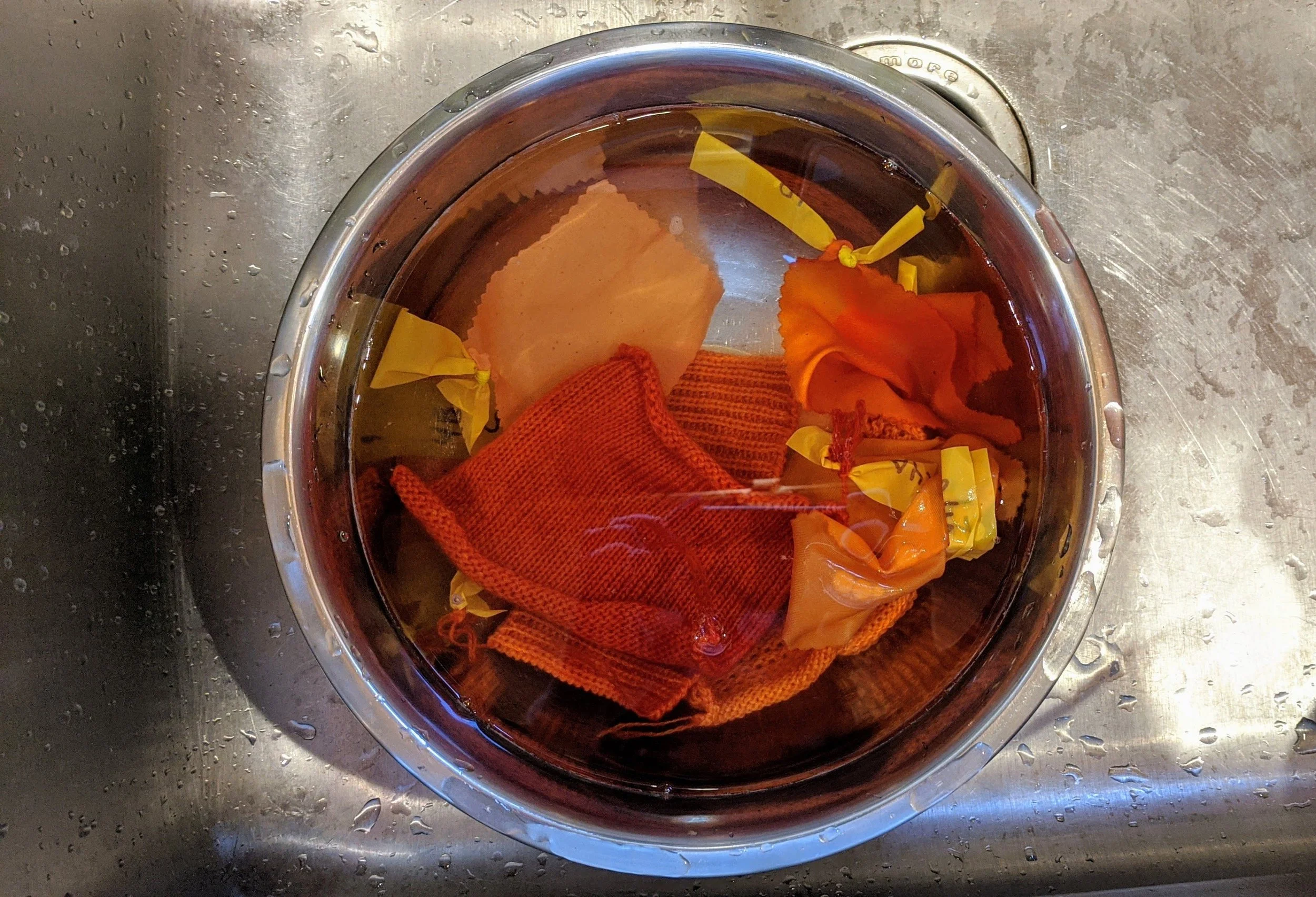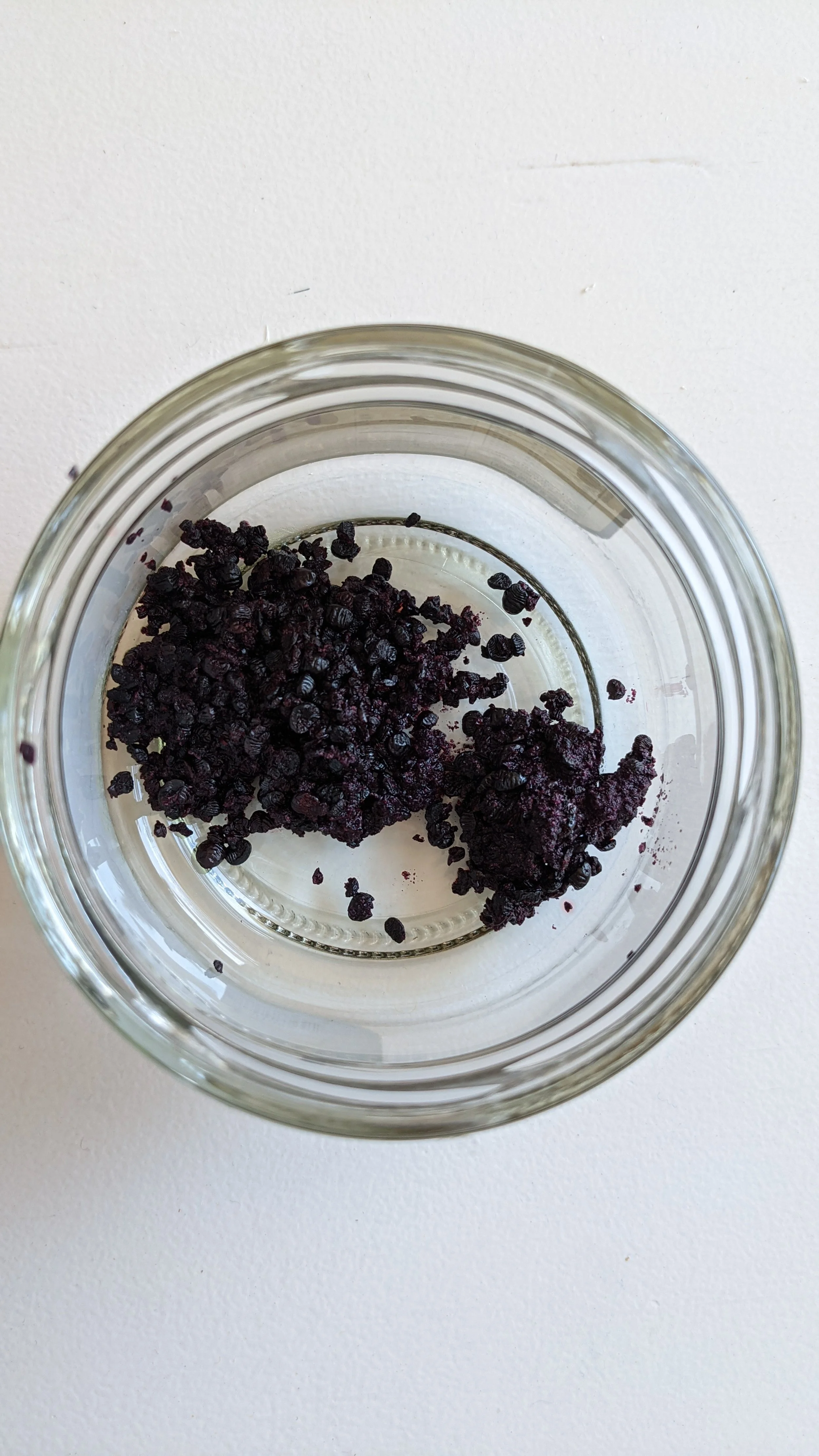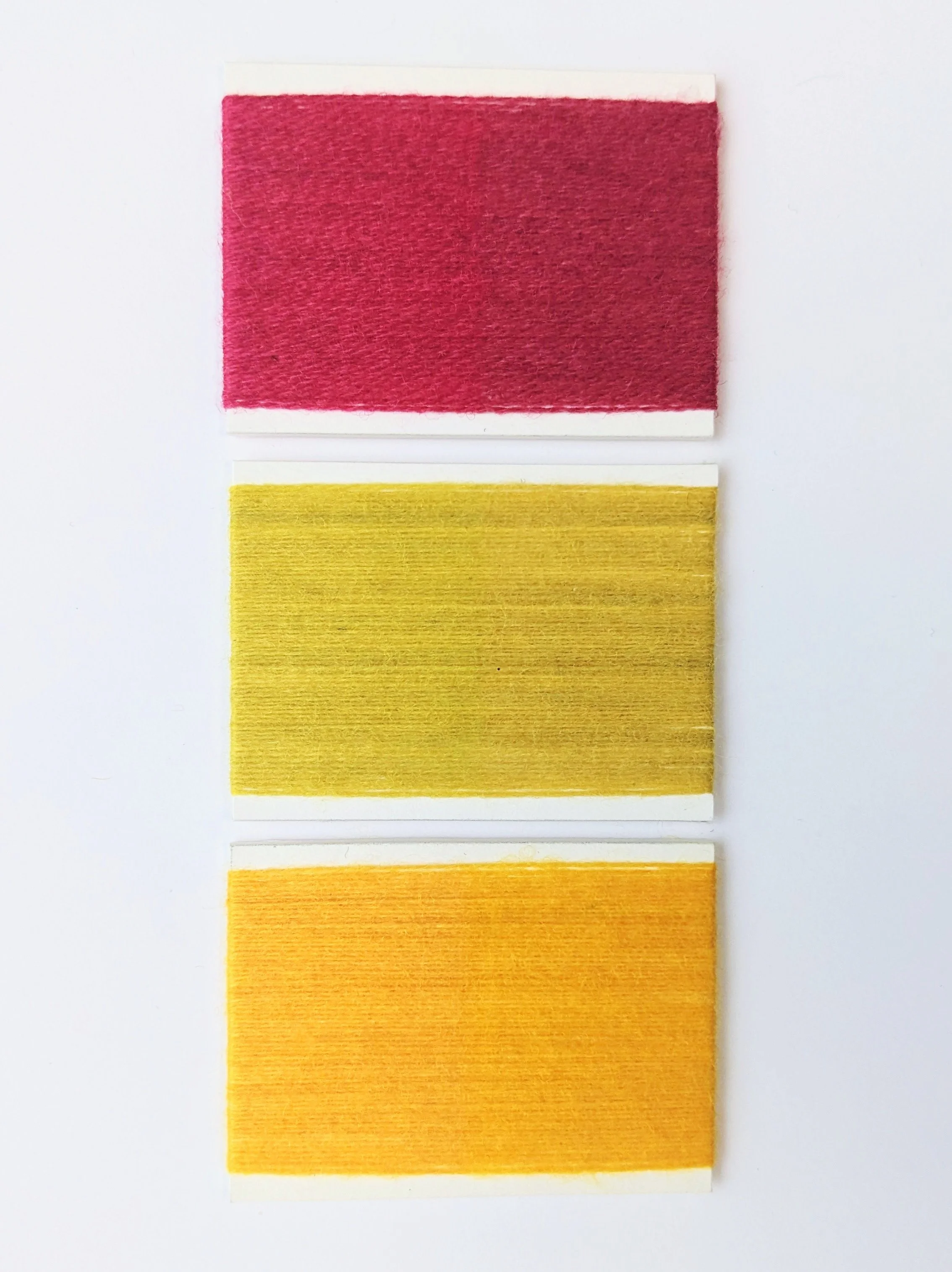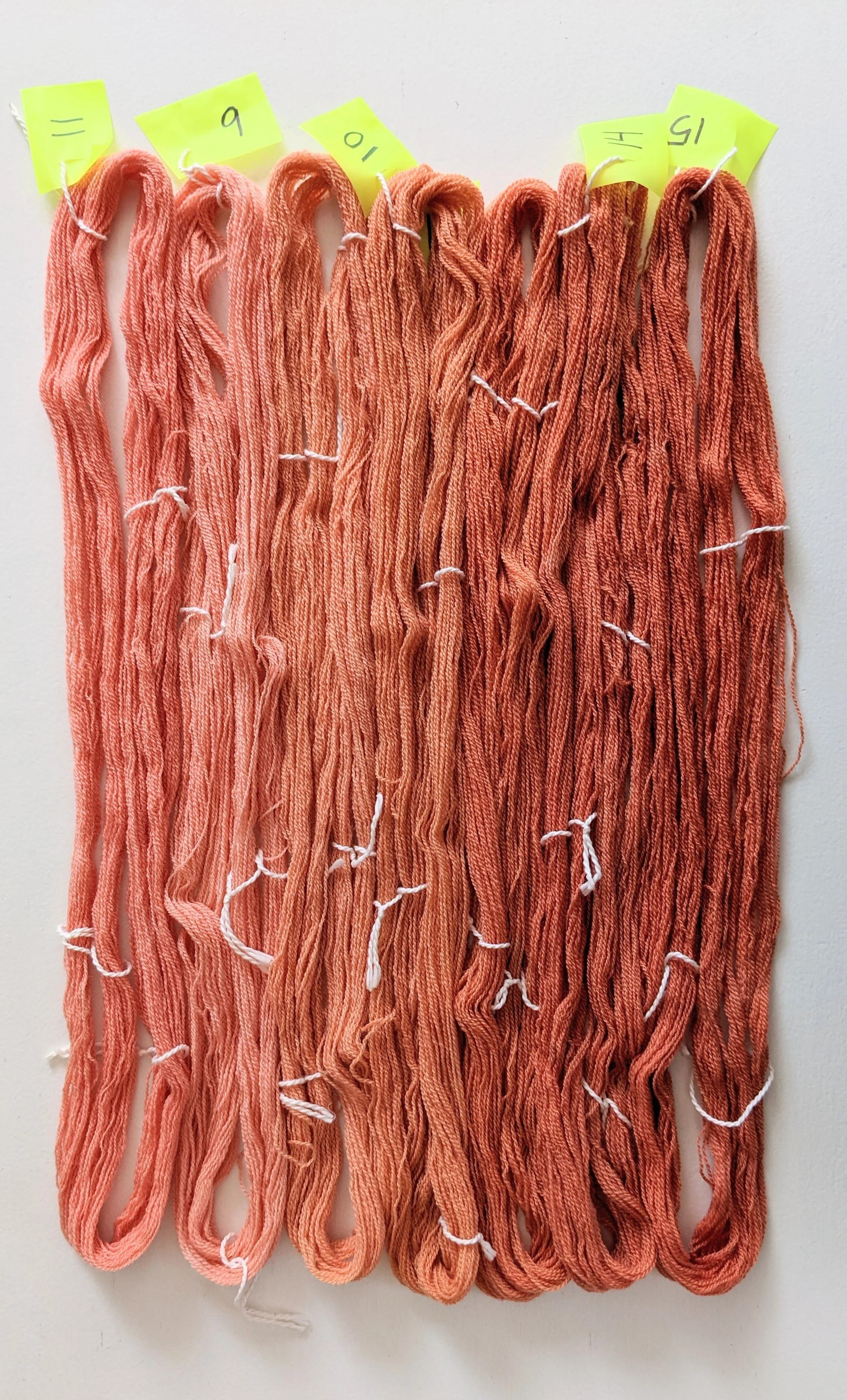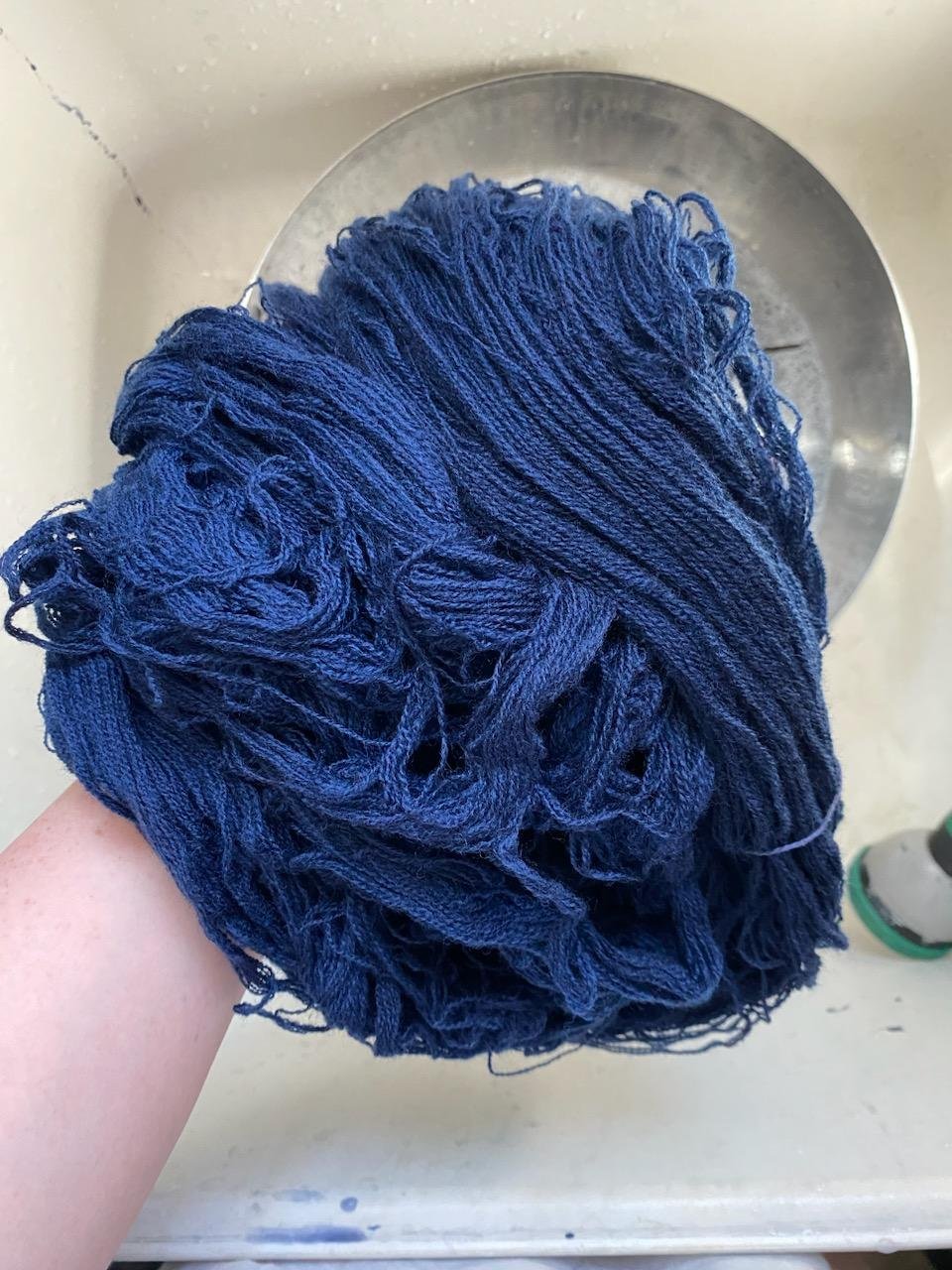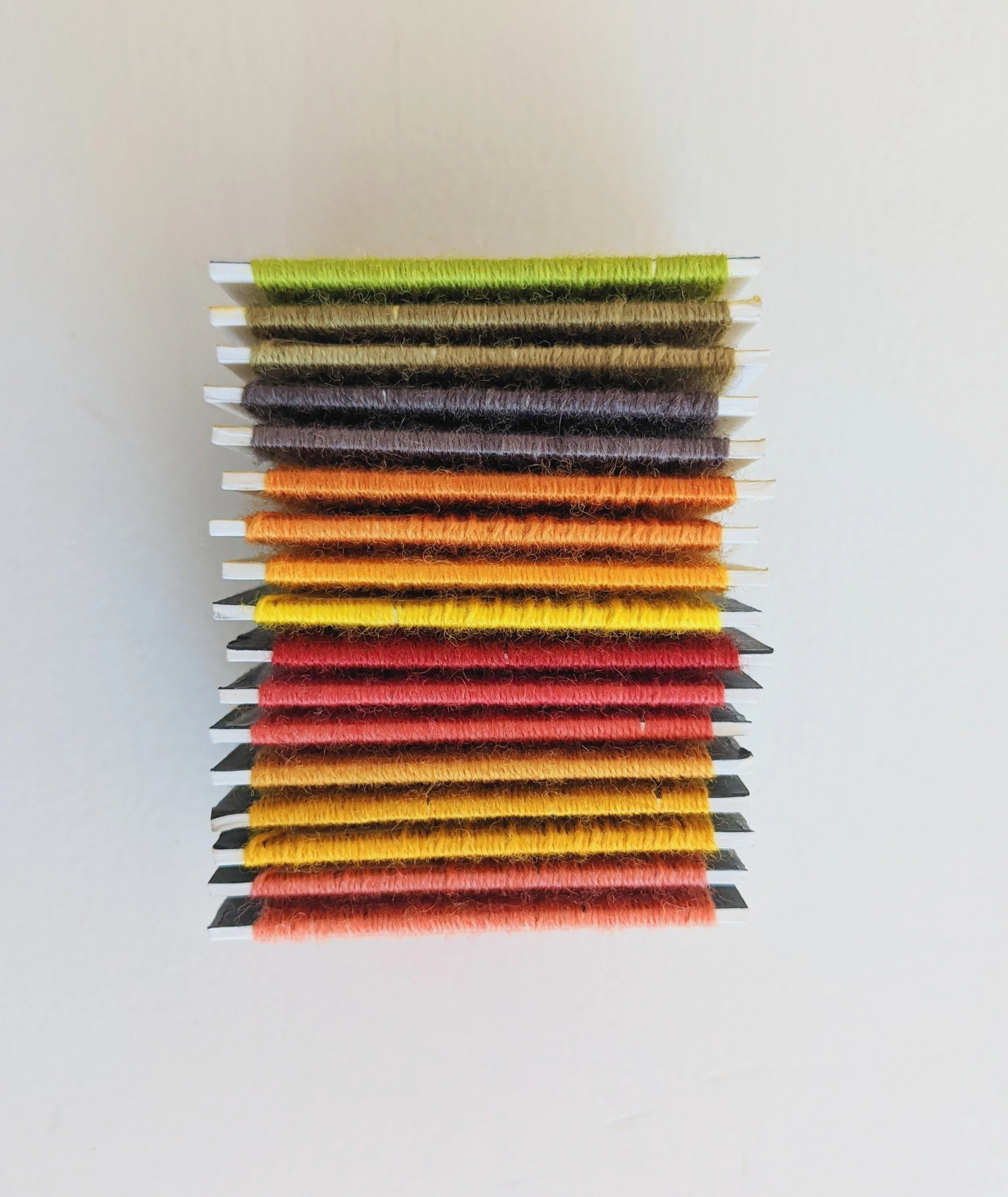
Natural, Plant Based Dyes
A safe, non-toxic dyeing technique that has been used for thousands of years
Why natural dyes?
DIRECT FROM NATURE
Our dyes are extracted entirely from natural materials - typically plants, insects, fungi and minerals - harvested directly from the earth. Through a careful process, the colors are extracted from the whole material using only water as an agent resulting in dyes that are non-toxic for both the artisan and the wearer. The resulting colors are vibrant and rich, reflecting the care it takes to create them.
CONNECTED TO HUMAN HISTORY
The exact natural dyeing techniques we use have been employed by people for thousands of years to adorn items such as textiles, furniture and art. It was not until the mid-nineteenth century that petroleum-based synthetic dyes were invented and not until the early 20th century that they became common in the manufacturing of commercial products.
How do natural dyes work?
A SIMPLE PROCESS
In a basic sense, it’s like making tea. The color is extracted by simmering the whole or chopped up plant matter in water for some time. After the plant matter is removed from the water, the prepared yarn or fabric is added to the pot and simmered again to encourage a bond between the fiber and the dye.
A PRACTICED SKILL
Although conceptually simple, there are many nuances to the craft which require time and skill to master. The most accomplished natural dyers achieve consistent, reliable, rich results through years of practice. Master Dyers in history were held in high regard by their communities and sought after by royalty because of their experience, skills and knowledge.
At COMMAND, we work with a local Seattle artisan at bedhead fiber to dye our yarn before it is knitted. Kelli has many years of experience not only with natural dyes, but also with wool yarn, which in itself takes patience and time to work with.
LIGHT AND WASH FASTNESS
The fastness of natural dyes varies widely from plant to plant. At COMMAND, we utilize a fiber preparation process called “mordanting” to create a stronger bond between the dye and the yarn. We also perform an extensive in-house light fastness evaluation for each of our dye recipes to examine which colors are most stable after long UV exposure. These results are one of the several details we consider when deciding which colors to use in our clothing.
For the most assured longevity of any piece of clothing, each item should be washed as little as possible. That also applies to naturally dyed garments. Please only handwash our knitwear when required with gentle pH-neutral detergent and air dry flat. This method will ensure the garment has a long life.
AS VARIED AS THE PLANTS THEY COME FROM
Like the variation that occurs in wine created from the same grape vines due to the ever evolving environmental conditions which they inhabit, natural dyes from the same plant species can vary in color depending on the life of the plant from which it was extracted. With each dye pot comes a beautiful process of discovery that truly connects our clothes to the environment from which they came.
PH SENSITIVITY
One of the wonderful details about working with natural dyes is that you can often achieve a wide range of colors from one dye material by adjusting the pH of the dye bath.
This also means exposure to acid on a naturally dyed textile has the potential to leave a mark. If your garment accidentally comes in contact with an acidic substance like vinegar or citrus juice, please rinse the area immediately with cold water.
NATURAL DYE EXTRACTS
To streamline our process and assist with color consistency, we typically use natural dye extracts to color our yarn. these extracts are created similarly to the “tea making” process described above, but is then reduced to a water soluble powder we can easily add to our large dye pots.
What about synthetic dyes?
The textile and fashion industry is one of the biggest contributors to industrial waste water, dumping trillions of gallons of effluent containing harmful chemicals into rivers and streams each year. Synthetic dyes are a major contributor to this issue. They are destructive at all phases all stages of their production and use - from causing adverse health conditions for the workers that handle them, to polluting the surrounding environment of the factories affecting the safety of their drinking and irrigation water, to disrupting the DNA in our bodies’ cells as our skin absorbs the toxins and finally leaching these same chemicals into the ground at whatever landfill they inevitably end up in.
Except for a small percentage of items that are undyed/untreated and naturally dyed, most clothing and accessories contain these synthetic dyes.
LEARN MORE
